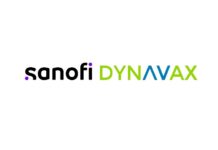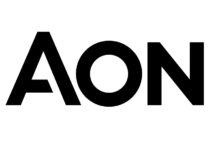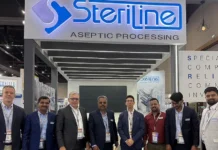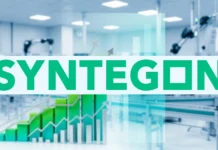The year 2020 will go down in history books as a year that changed the world and helped drug manufacturing to evolve. When the COVID-19 pandemic began at the start of the year, vaccine production was less of an industry focus due to complex logistics and lower profit margins. However, with the realization that a vaccine was likely to be the only way out of the pandemic, vaccine and drug producers were forced to collaborate and leverage newer rapid development theories to get vaccine candidates in process.
Vaccine Development Evolves
Traditionally vaccines have been produced from killed, weakened or subcomponent parts of the disease agent. While they provide good immune responses, it generally takes many years to develop and commercialize them. More modern vaccines are derived from recombinant simulants of the relevant disease antigen in special forms that enable effective delivery, such as virus-like particles. These approaches, which have given rise to new vaccines for Ebola and Dengue, have shorter development times (1-2 vs. 4-5 years).
However, rapid response to the COVID-19 pandemic – and any future epidemics – requires a timeline that is even further truncated. Hence many of the vaccine candidates in development against the SARS-CoV-2 virus leverage newer genetic technologies based on messenger RNA, and viral vectors that provide the body with various mechanisms for producing the desired antigen itself. These approaches are attractive because the development time can be just months. Additionally, numerous vaccine candidates currently in early-phase trials for a range of infectious diseases, including other corona viruses (SARS and MERS), cancers and other types of therapeutics, have already been produced using these technologies.
Viral Vector Vaccine for COVID-19
The first viral-vector-based vaccine by Johnson & Johnson (J&J) was approved by the European Medicines Agency in May 2020 to treat Ebola. Many types of viral vectors are also used to deliver the genetic material in gene and gene-modified cell therapies, several of which have received approval worldwide.
Pall is engaged with a vaccine consortium in the UK supporting the development and commercialization of the COVID-19 vaccine CHAdOx1nCov-19/AZD1222 from Oxford University and AstraZeneca.
Phase 3 results indicate the vaccine is approximately 70% effective with two full doses but could be up to 90% effective with a half-dose/full dose regimen. Importantly it also has significant cost and logistical advantages over other vaccines in development, making it an ideal candidate for distribution in developing countries.
The vaccine is based on a non-replicating simian adenoviral vector platform that has been used to develop more than 10 different vaccines, including vaccines for SARS and MERS, and tested in thousands of individuals. Because it is an adenovirus from a chimpanzee, it is less likely that people will have developed antibodies to it, which is not the case for other human adenovirus vaccines.
Pall’s role in the consortium is to provide an integrated solution for the development and scale-up of an efficient manufacturing process that will be tech-transferred to three manufacturing partners: Cobra Biologics, Oxford Biomedica and Halix.
Rapid Industrialization for COVID-19
Pall’s integrated solution begins with the initial customer engagement and carries through to implementation, validation, and startup. Once the customer goals, timeline, and budget are established, lab-scale process development studies are performed onsite or in the Pall’s process development service (PDS) labs.
A process description and flow diagram are established and used to generate an equipment list. Single-use manifolds are designed, equipment and consumables are approved, and then final validation and training are performed.
This process typically takes one year. For the COVID-19 project, Pall reduced that to just 8 weeks though the collaboration of many different business functions within the company. During those two months, a complete commercial process was designed and delivered to Cobra Biologics. This rapid industrialization was made possible by streamlining and integration via a platform approach.
Author Details:
Name: Clive Glover
Title: Director, Cell & Gene Therapy
Department: Pall Biotech
Website: https://www.pall.com/en/biotech.html
About Pall Corporation:
Pall Corporation is a filtration, separation and purification leader providing solutions to meet the critical fluid management needs of customers across the broad spectrum of life sciences and industry. Pall works with customers to advance health, safety and environmentally responsible technologies. The Company’s engineered products enable process and product innovation and minimize emissions and waste.



















